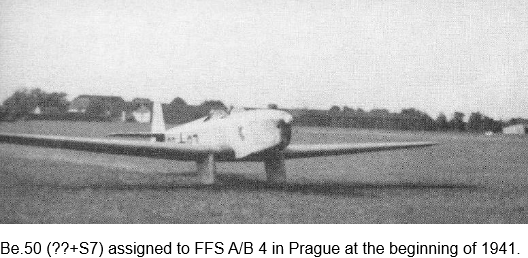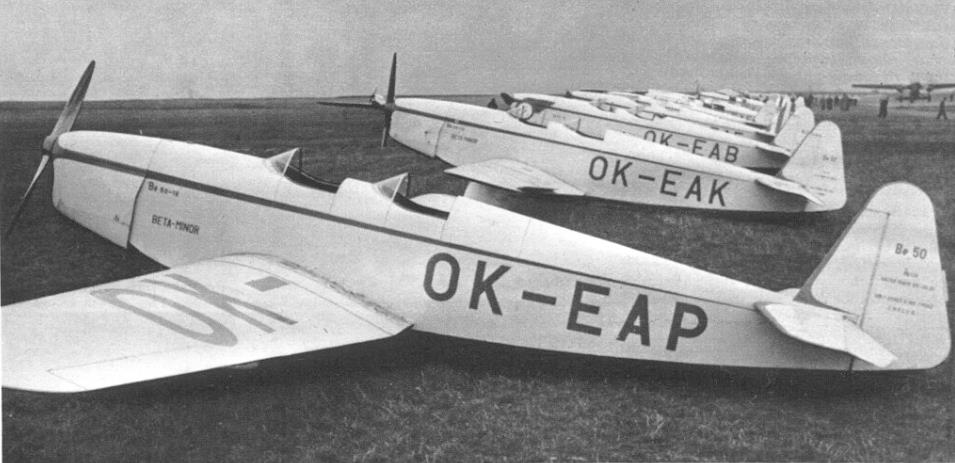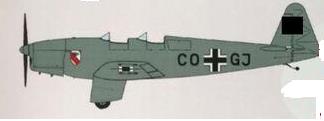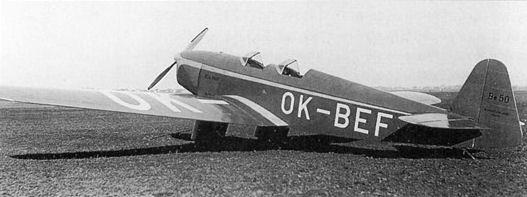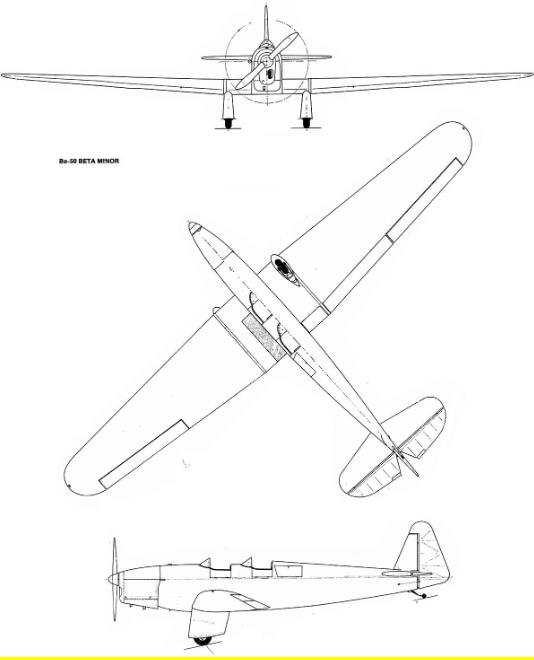| Type |
Two seat trainer |
| Engine |
1 Walter Minor 4-I |
| Dimensions |
Length 7,85 m , height 1,95 m , span 12,16 m , wing area 16,30 m , |
| Weights |
Empty 460 kg, loaded , max. take off weight 730 kg |
| Performance |
Max.. speed 195 km/h , cruising speed 170 km/h , range 750 km, endurance , service ceiling 5200 m , climb |
| Type |
Werk.Nr |
Registration |
History |
|
|
BZ+AI |
|
|
|
DA+VR |
|
|
|
CO+AL |
FFS A/B 4 |
|
37 |
OK-EFK, CO+GL |
FFS A/B 4 |
|
|
CO+GJ |
|
Summer of 1935 saw the first flight of the first aircraft type designed by the newly established Beneš-Mráz company, the Be-50 Beta Minor.
The Beta Minor was designed for touring, training and sport flying and proved an excellent start for the company. The aircraft was a very clean design with viceless handling qualities that made it popular with flying clubs of Czechoslovakia at the time.
With a large part of the airframe comprised of wood, the Beta Minor was, at 460 kilograms, a light yet sturdy aircraft. It was powered by a domestically designed and built Walter Minor four cylinder engine that could propel the aircraft to a very respectable top speed of 195 kilometers per hour. A combination of light weight and efficient design gave the Beta Minor a range of 750 kilometers without refueling. The aircraft gave a quite good account of itself at a number of distance based races in the late 1930s.
Outside of being very much a pilot’s plane, the Be-50 was also appreciated for mechanical reliability, ease of maintenance and very good short take off and landing performance. A total of 43 Be-50 aircraft were made in the original run by Beneš-Mráz and developed further via the Be-51 series in 1936.
